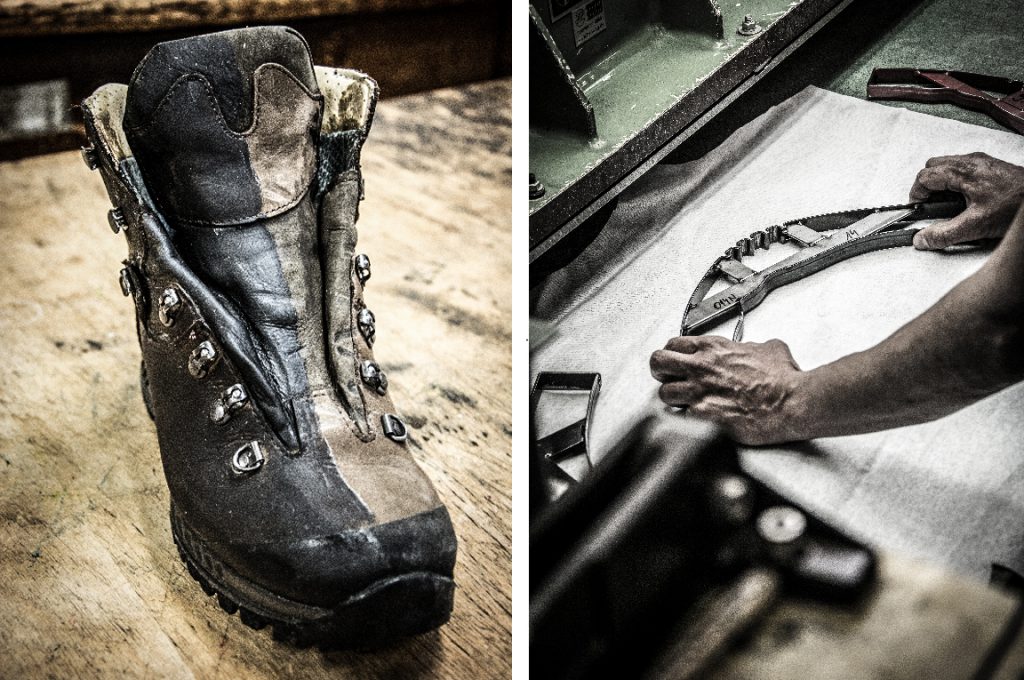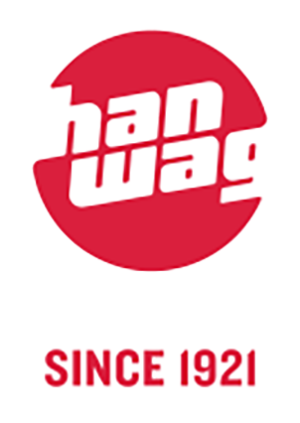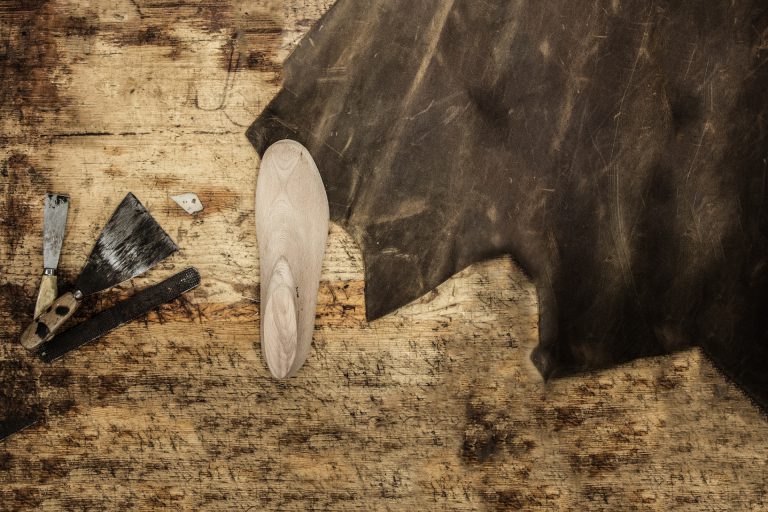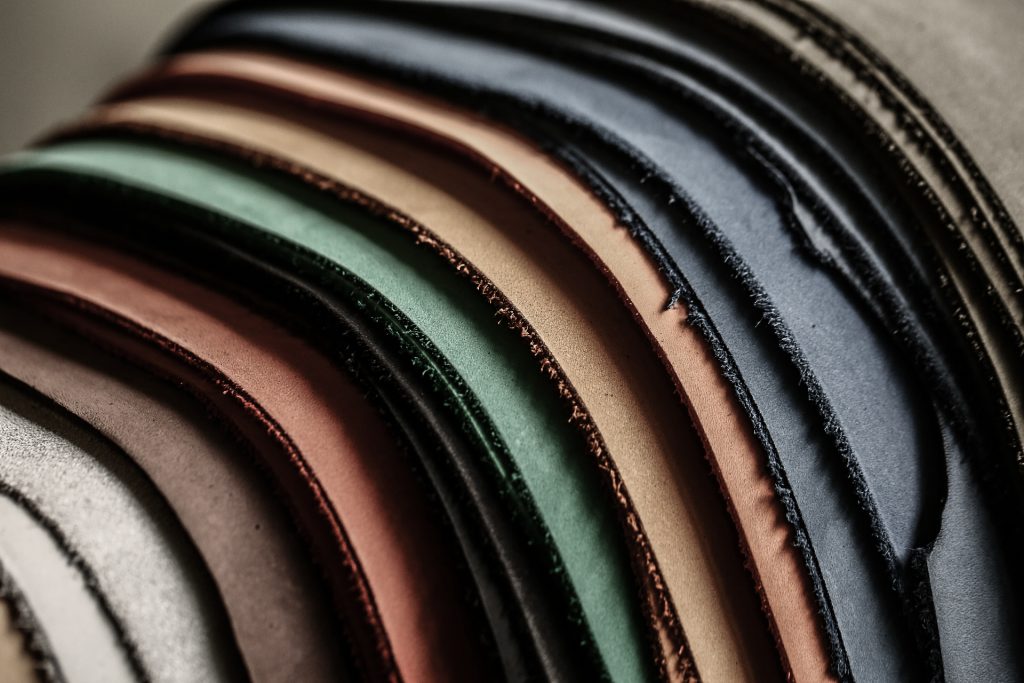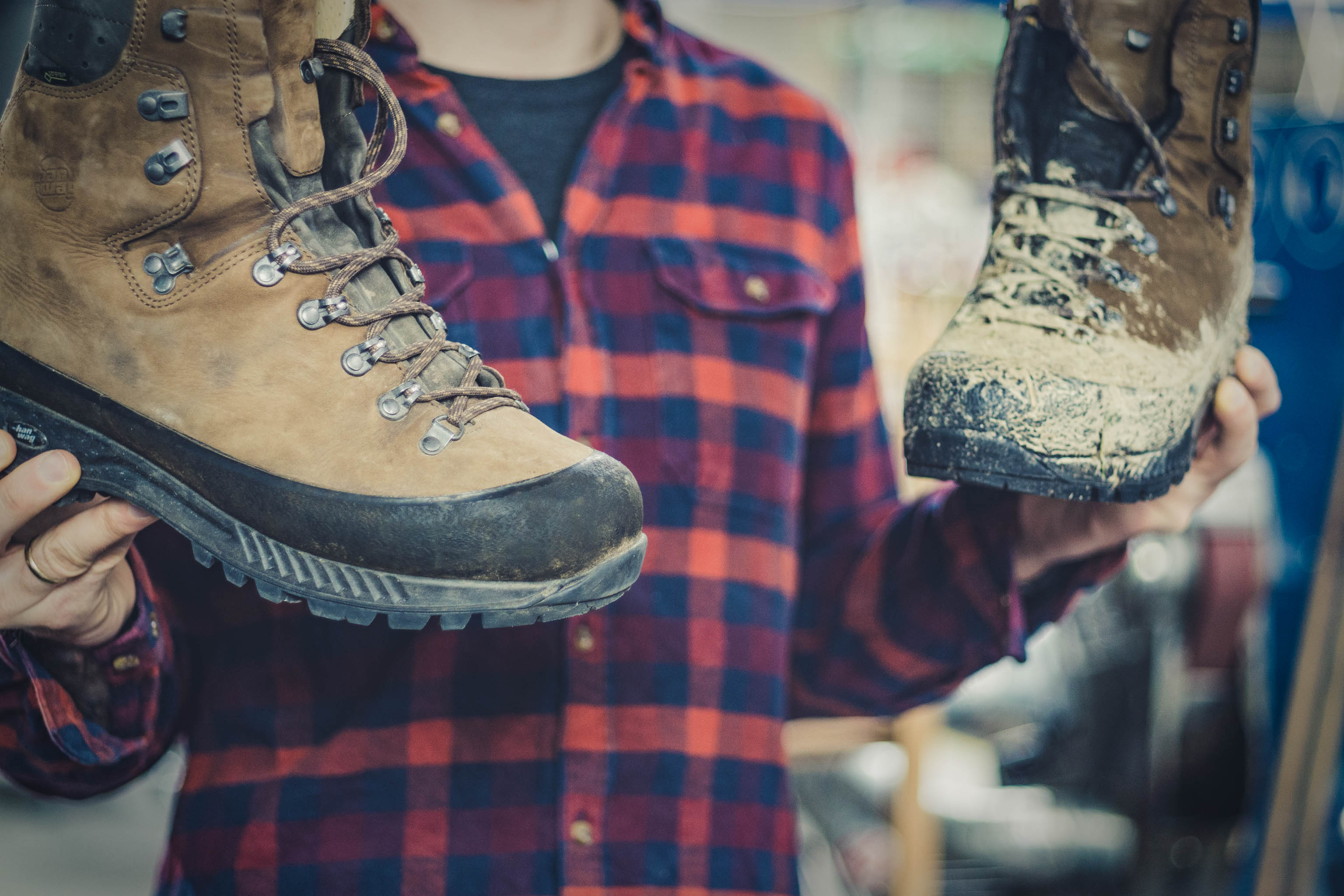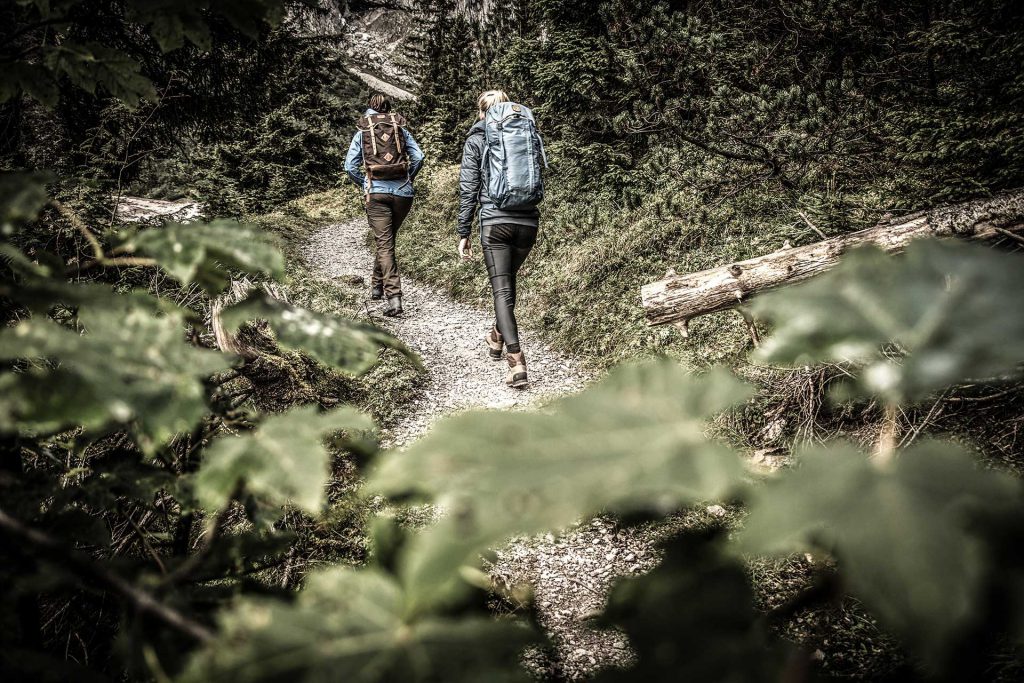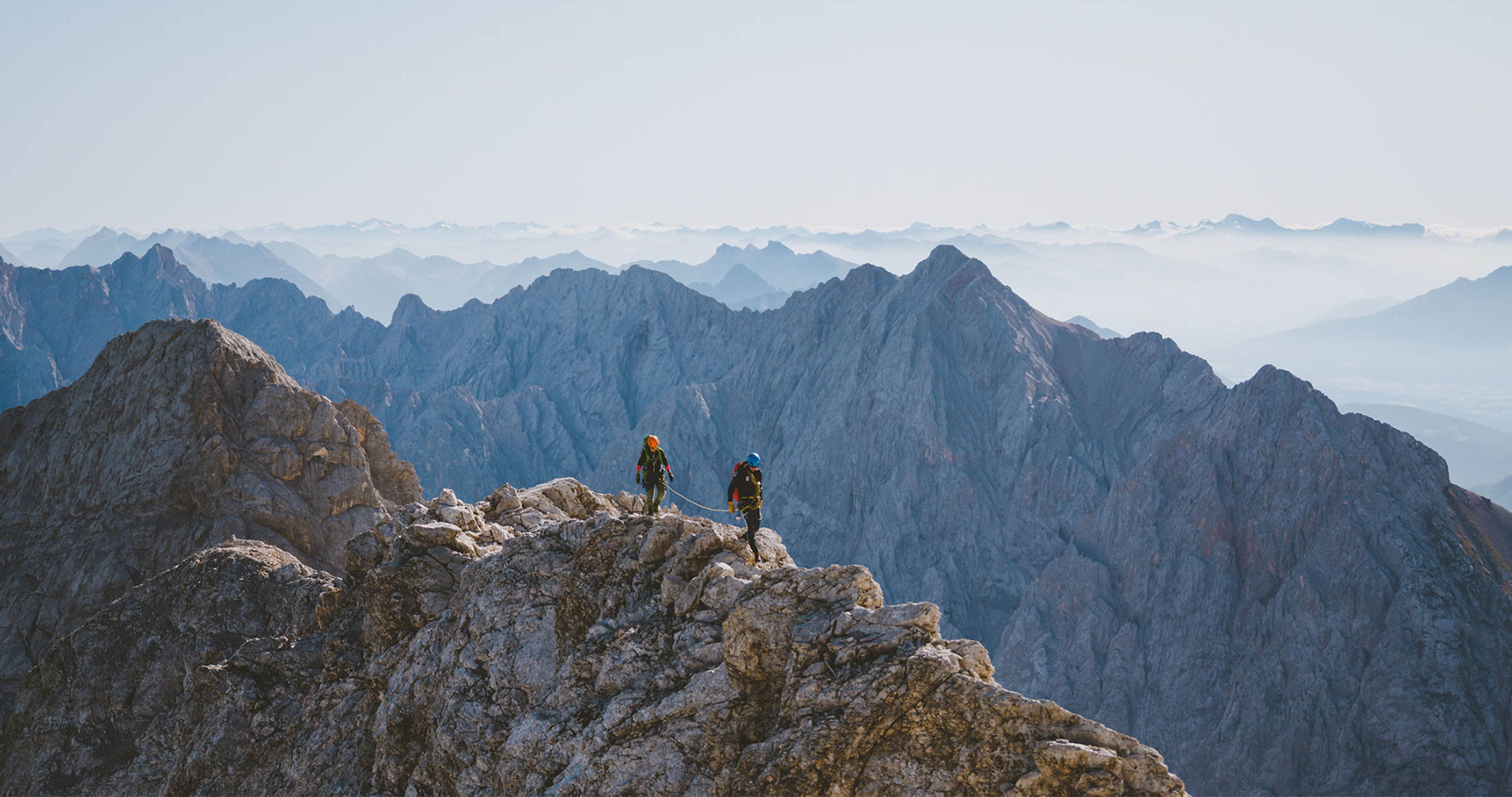Updated on
It might seem surprising, but despite the ongoing march of technology, there is still no better material than leather for making high-quality mountain and trekking boots. This was the case when Oetzi the iceman walked the Alps and it remains the case today. However, not all leather is the same…
Leather is a natural material. It protects animals from the wind and the weather and can do the same for us. High-quality leather is unbelievably robust, shapes to fit the foot perfectly, regulates temperature, allows sweat to escape, is extremely waterproof when properly treated and retains its shape literally forever. (–> Further reading: 5 reasons for hiking boots made of leather)
But what determines the quality of leather? A number of things – the type of animal and the footwear‘s purpose have to match, the origins of the animal, the way that the leather is produced and last but by no means least the skill and experience of the shoemaker. Even the best ingredients can be ruined when prepared badly. The same applies to shoemaking as it does to cooking.
PREMIUM CATTLE
In theory, you can make boots from just about any leather. However, mountain and trekking boots are usually made of robust cowhide. The best quality leather comes from animals that spend a lot of time outside in a range of weather conditions.
About two years is the ideal age. The hide has had enough time to grow thick, firm and robust. Remember: Cowhide is the first choice for trekking and mountain boots, but not all cows are the same. Yak leather is also excellent, only there are not that many yaks. We’re just not able to produce enough of our yak models – we could sell far more than we do.
When you skin a cow or a yak, the leather is not suitable for use at first. It has to go through a number of processes that require a great deal of time, expertise and experience.
OFF TO THE BEAMHOUSE

After slaughtering, the hides are salted or stored in refrigerating rooms to prevent decomposition. The first preparatory stages take place in the beamhouse, the area of the tannery where the leather is soaked, washed and limed. The processes of fleshing, etc. used to be carried out over specially designed wooden beams. Hence the name. The hides are first soaked in water to clean off any dirt.
Then the liming process begins: lime and sodium sulphide is used to chemically remove any hair from the surface of the hide. During fleshing excess flesh is removed mechanically. The limed and de-haired hide is now called pelt.
SPLITTING THE PELT
Cowhide is generally too thick to make shoes from. So the pelt is split horizontally (usually before tanning). This gives a grain split (outer side), a middle split (the middle layer without any grain structure, not used in shoemaking) and a flesh split (inner side). The grain split is the most robust. It is the outer side of the hide (also known as the hair side) and generally shows the natural grain pattern. In effect, we use leather to protect our feet in the same way as the cow used it.
Trekking and mountain boots are mainly made of nubuck leather. Nubuck leather has been buffed on the grain side to give the surface a velvety effect and an attractive look and feel – the grain layer is still recognizable.
Remember: Splitgrain leather is best for making trekking and mountain boots.
The middle split and the flesh split have a rougher fibrous surface on both sides and are made into suede. In Germany, the DIN EN 15987:2011 European Standard closely defines key terminology for the leather trade. According to the standard, all leather where the flesh side has been mechanically finished to produce a velvetlike nap is to be known as suede leather. The name suede was coined originally in France – to describe leather gloves from Sweden (gants de suede).
THE ART OF TANNING
The most important process for making leather is tanning. Until it is tanned, cowhide is perishable. Tanning preserves the hide. If leather wasn’t tanned, it would rot, like any other organic material. There are four main techniques for tanning leather: vegetable tanning, mineral tanning, combined tanning and synthetic tanning.
Vegetable tanning uses vegetable tanning agents, e.g. bark, wood, seed husks or fruit. Mineral tanning uses mineral salts. Chromium salt is the most widely used mineral agent, but aluminum salts and ferrous salts are also used. For products that need to be particularly robust, such as trekking and mountain boots, to date chrome-tanned leather has proved to be the best choice. It is more robust than vegetable-tanned leather and is more suitable for making leather hydrophobic (= water repellent).
The tanning process itself is relatively quick and requires only a limited use of chemicals. Chrome tanning dyes the hide a typical bluish colour, after tanning it is called ‘wet blue‘. It can be stored or transported in this state.
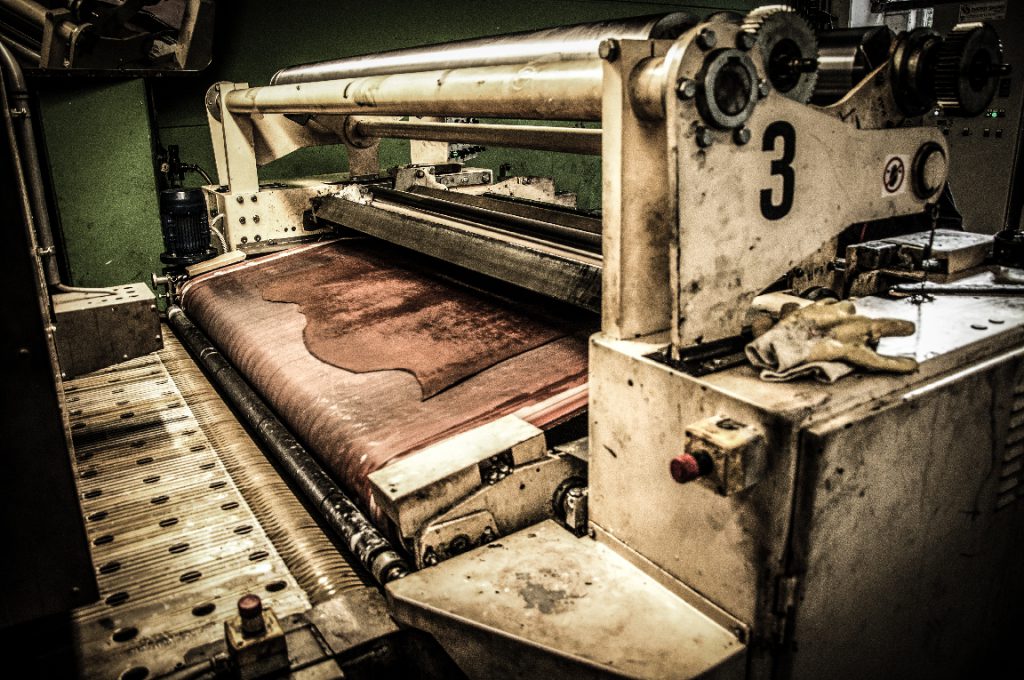
However, some chromium salts are potentially dangerous. Today, only chromium III sulphate is used as a tanning agent. Chromium is a natural element that presents no health hazard. However, it’s not completely free from controversy. If the tanning process is not correctly monitored (i.e. excessive heat) or if inferior fattening agents (fatliquors) are used, chromium III may oxidize to chromium VI. Chromium VI salts are considered to be allergens, and in prolonged higher doses, as toxic and carcinogenic. Tanners that cut costs put their customers at risk.
In order to keep health and environmental risks to a minimum, we source our leather from European tanneries. In fact most of our leather comes from the Heinen tannery in Germany, which has been our reliable partner for many years. We know that they only produce high-quality leather according to the most stringent environmental standards. (–> Further reading: The partnership HANWAG & Heinen)
Remember: Chrome-tanned leather is the best functional choice for making trekking and mountain boots. But not all chrome-tanned leather is the same.
Watch the video: A visit to the Heinen leather factory (English subtitles available)
THE BUTCHER, THE COOK AND THE LEATHER CUTTER
A good butcher knows how to get the best cut from a piece of meat, which the cook then transforms into a culinary masterpiece. When it comes to shoemaking, the leather cutter has a similar role to play. Computer programs are designed to analyse hides to keep waste to a minimum, whereas an experienced cutter will select the best sections of a hide for those parts of the boot subjected to greater stress and wear (e.g. the forefoot).
All in all, a great material
All in all, leather is a great material to work with – it’s not cheap, but it’s the best there is for making high-quality footwear.
